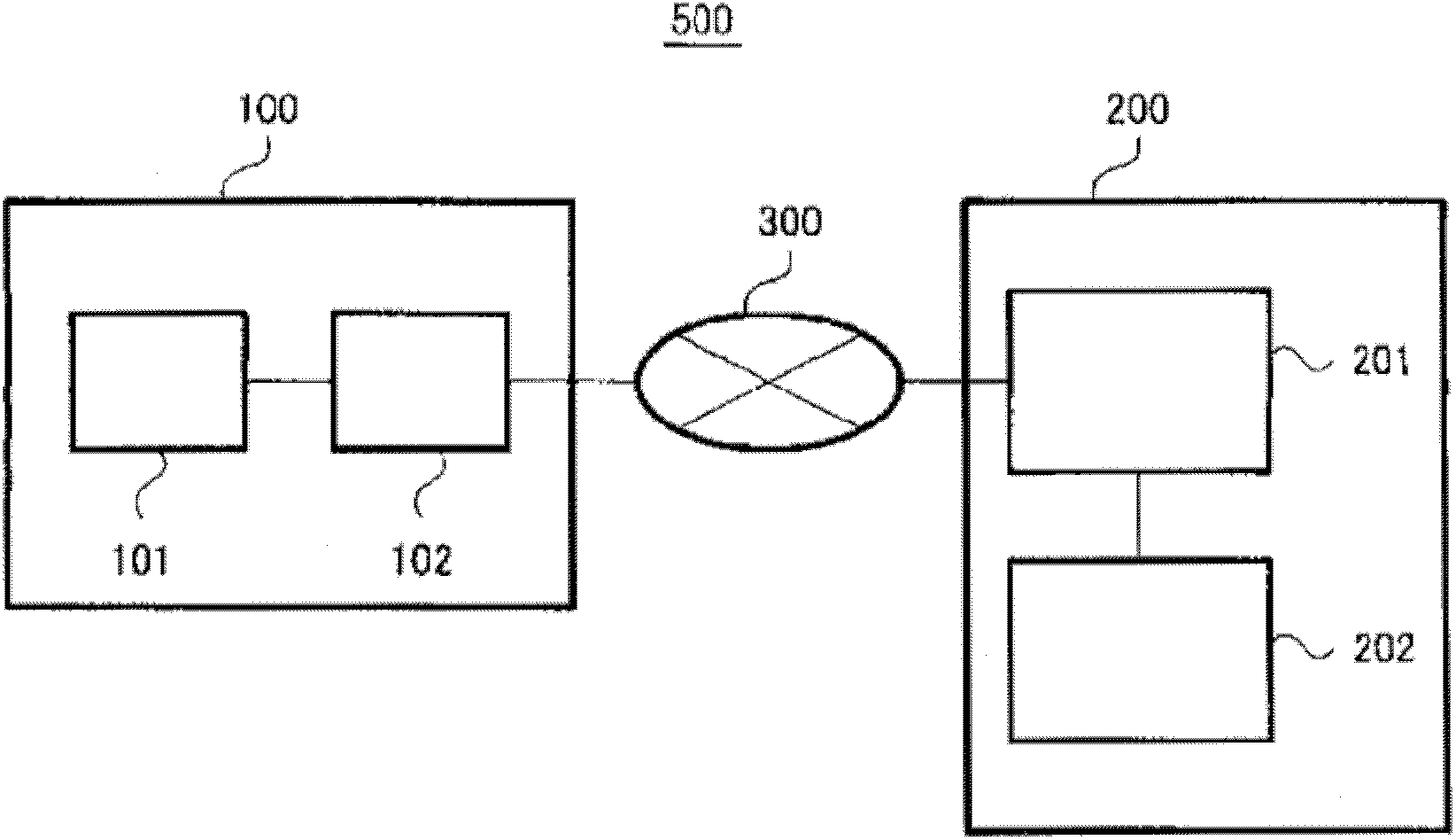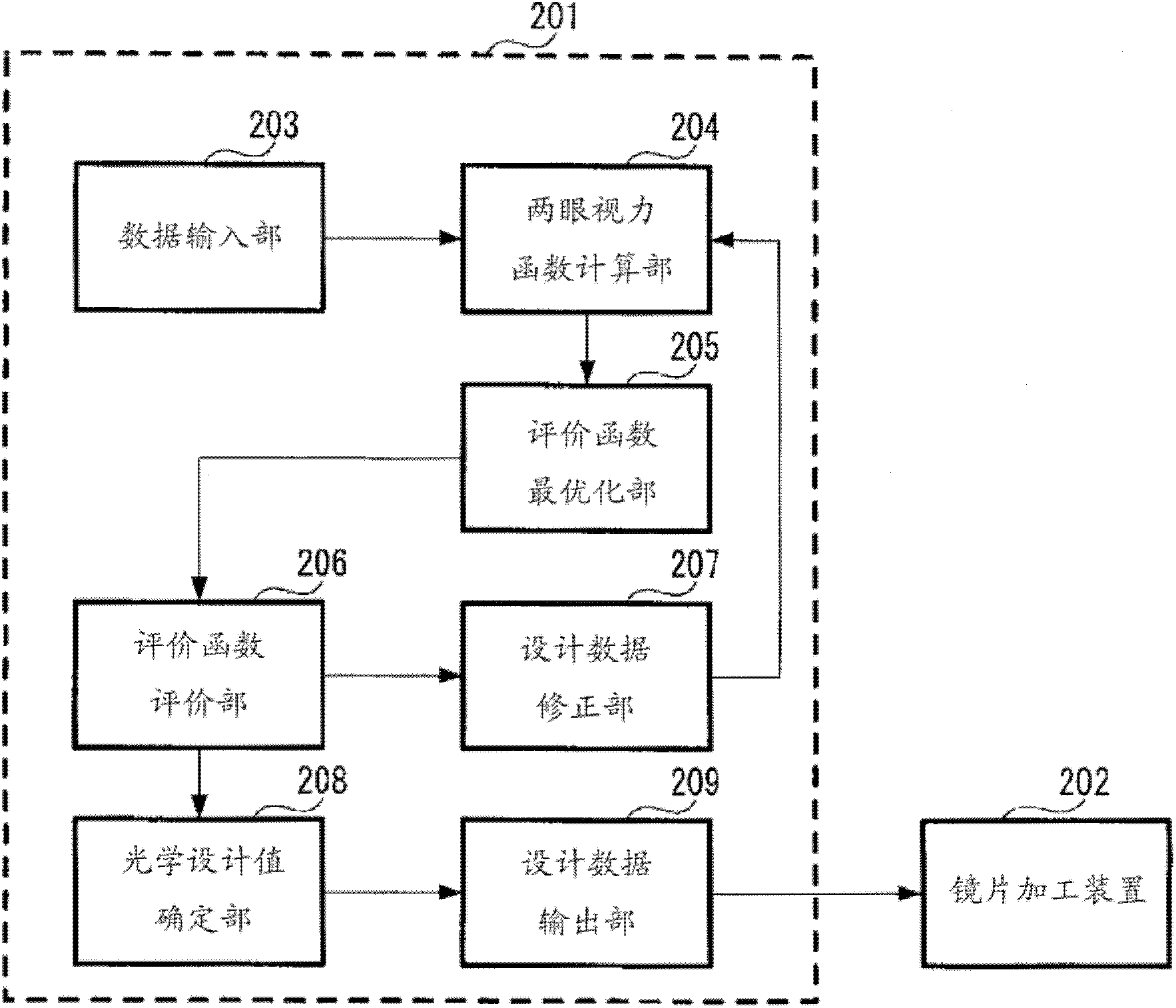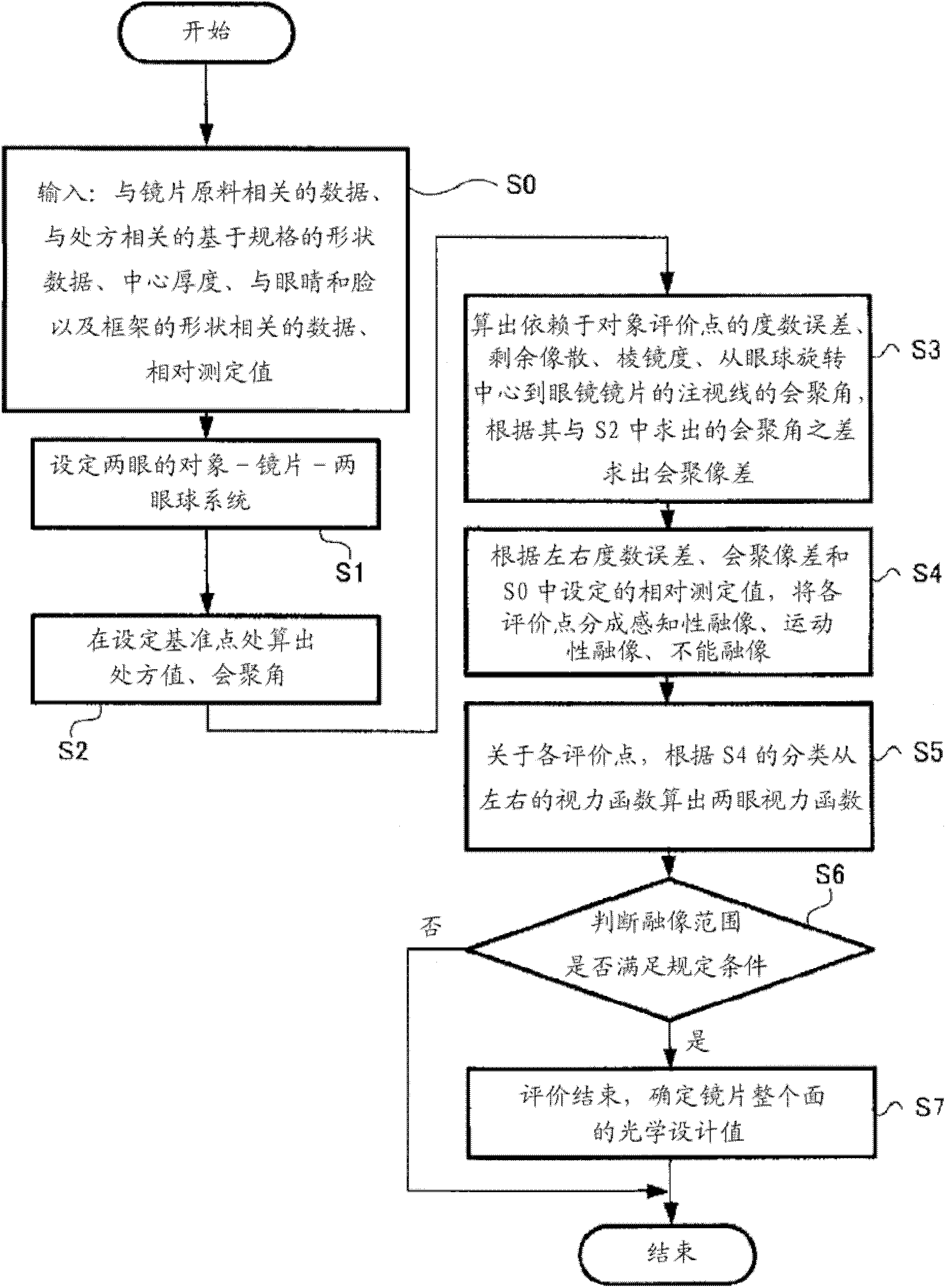Eyeglass lens evaluation method, eyeglass lens design method, eyeglass lens manufacturing method, eyeglass lens manufacturing system, and eyeglass lens
The technology of spectacle lens and design method is applied in the field of spectacle lens evaluation, spectacle lens design, spectacle lens manufacturing, spectacle lens manufacturing system and spectacle lens field, which can solve the problem of incomprehensibility of binocular observation function, degree of distortion, There are no quantitative prompts and other issues to achieve the effect of improving the binocular observation function
- Summary
- Abstract
- Description
- Claims
- Application Information
AI Technical Summary
Problems solved by technology
Method used
Image
Examples
Embodiment 1
[0281] In this example, a calculation example related to binocular vision in the case where both the left and right spectacle lenses have a spherical power of -4D and an astigmatic power of 0D is given. Calculated as Figure 18 ~ Figure 21 shown. This example is an evaluation example of a single-focal spectacle lens, and repeated calculations for optimization were not performed. As the object, the hemispherical surface in front of the eye with an infinite radius centered on the origin 1 of the observation direction in the coordinate system described in the above-mentioned embodiment is used. That is to say, when hyperopia is evaluated. Spectacle lenses are general-purpose double-sided aspheric lenses, and are well corrected by the visual acuity function of Patent Document 2. In order to clarify the effect of the evaluation method of the present invention, the forward tilt angle, the pitch angle, and the eccentricity of the lens are set to zero. The distance from the cornea...
Embodiment 2
[0283] (2) Example 2 (the example where the difference between the left and right spherical powers is -2D or more)
[0284]As Example 2, evaluation of spectacle lenses generally defined as anisometropia (left and right - 2D or more) was performed. In this example, the spherical power of the spectacle lens for the right eye is -4D, and the astigmatism power is 0D, that is, the spectacle lens for the right eye is the same as the lens used in Example 1 above. On the other hand, the spherical power of the spectacle lens for the left eye was -6D, the astigmatism power was 0D, and the other conditions were the same as those in Example 1 above. This example is also an evaluation example of spectacle lenses, and repeated calculations for optimization were not performed. Figure 22 is the convergence aberration in the plane-parallel direction, Figure 23 is the convergence aberration in the direction perpendicular to the surface, Figure 24 Is the gaze through the glasses lenses of ...
Embodiment 3
[0286] (3) Embodiment 3 (example of a pitch angle of 20 degrees)
[0287] As Example 3, the convergence aberration when the lens frame has a pitch angle was calculated. The spherical power, astigmatic power, and other conditions are the same as those of the lenses used in Example 1 above, and the pitch angle was set to 20 degrees in order to evaluate the effect of the pitch angle. This example is also an evaluation example of spectacle lenses, and repeated calculations for optimization were not performed. Figure 26 is the convergence aberration in the plane-parallel direction, Figure 27 is the convergence aberration in the direction perpendicular to the surface, Figure 28 Is the gaze through the glasses lenses of both eyes, Figure 29 is the binocular visual acuity function value, and the unit is the same as Figure 18 ~ Figure 21 same.
[0288] In this example, the feature is Figure 26 The plane-parallel direction of the convergence aberration shown is the same as ...
PUM
 Login to View More
Login to View More Abstract
Description
Claims
Application Information
 Login to View More
Login to View More - R&D
- Intellectual Property
- Life Sciences
- Materials
- Tech Scout
- Unparalleled Data Quality
- Higher Quality Content
- 60% Fewer Hallucinations
Browse by: Latest US Patents, China's latest patents, Technical Efficacy Thesaurus, Application Domain, Technology Topic, Popular Technical Reports.
© 2025 PatSnap. All rights reserved.Legal|Privacy policy|Modern Slavery Act Transparency Statement|Sitemap|About US| Contact US: help@patsnap.com



